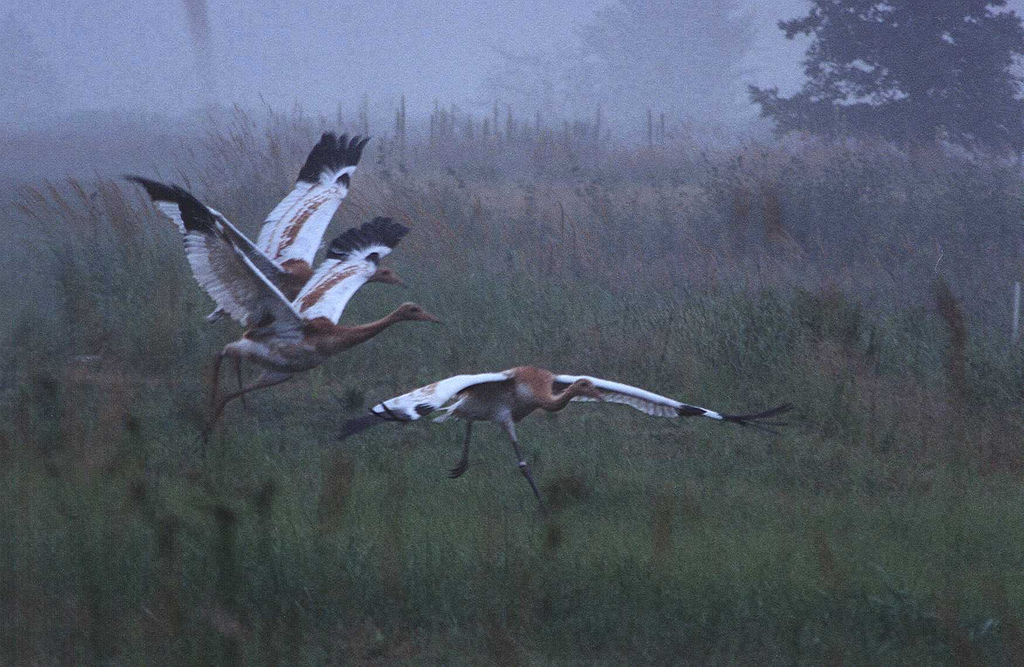Flight Ways on the New Books Network seminar
A great interview on Flight Ways has just been posted on the New Books Network seminar. Thanks so much to Carla Nappi for taking the time to read the book and chat with me.
Here’s Carla’s introduction:
 Thom van Dooren’s new book is an absolute must-read. (I was going to qualify that with a “…for anyone who…” and realized that it really needs no qualification.) Flight Ways: Life and Loss at the Edge of Extinction (Columbia University Press, 2014) is a beautifully written and evocative meditation on extinction. The book offers (and implicates us in) stories about five groups of birds – albatrosses, vultures, Little Penguins, whooping cranes, and Hawaiian crows – that build upon one another and collectively enable us to explore and re-imagine what, where, and how extinction is, and why that matters. Van Dooren emphasizes the importance of storytelling to understanding and inhabiting the world, and the book’s five “extinction stories” each bring to life the entanglements of avian, human, and other beings to ask readers to consider a series of questions that can best be explored, understood, and engaged through attentiveness to these entanglements. “What is lost,” van Dooren asks, “when a species, an evolutionary lineage, a way of life, passes from the world?” How does this loss mean, and what does it mean, within the particular multispecies community formed and shaped by that way of life? And how might storytelling, conceived as an act of witnessing, help draw us into new relationships and accountabilities within our multispecies communities? Flight Ways is deeply concerned with the ethical questions that emerge – and that must be sustained – in the course of thinking through these crucial questions, and it is committed to moving us away from a position of human exceptionalism as we work with and inside of that ethical troubling. Deeply interdisciplinary, van Dooren’s book brings together approaches in animal studies and the environmental humanities, but it speaks to and from many more fields.
Thom van Dooren’s new book is an absolute must-read. (I was going to qualify that with a “…for anyone who…” and realized that it really needs no qualification.) Flight Ways: Life and Loss at the Edge of Extinction (Columbia University Press, 2014) is a beautifully written and evocative meditation on extinction. The book offers (and implicates us in) stories about five groups of birds – albatrosses, vultures, Little Penguins, whooping cranes, and Hawaiian crows – that build upon one another and collectively enable us to explore and re-imagine what, where, and how extinction is, and why that matters. Van Dooren emphasizes the importance of storytelling to understanding and inhabiting the world, and the book’s five “extinction stories” each bring to life the entanglements of avian, human, and other beings to ask readers to consider a series of questions that can best be explored, understood, and engaged through attentiveness to these entanglements. “What is lost,” van Dooren asks, “when a species, an evolutionary lineage, a way of life, passes from the world?” How does this loss mean, and what does it mean, within the particular multispecies community formed and shaped by that way of life? And how might storytelling, conceived as an act of witnessing, help draw us into new relationships and accountabilities within our multispecies communities? Flight Ways is deeply concerned with the ethical questions that emerge – and that must be sustained – in the course of thinking through these crucial questions, and it is committed to moving us away from a position of human exceptionalism as we work with and inside of that ethical troubling. Deeply interdisciplinary, van Dooren’s book brings together approaches in animal studies and the environmental humanities, but it speaks to and from many more fields.
Photo courtesy of the USFWS Midwest
